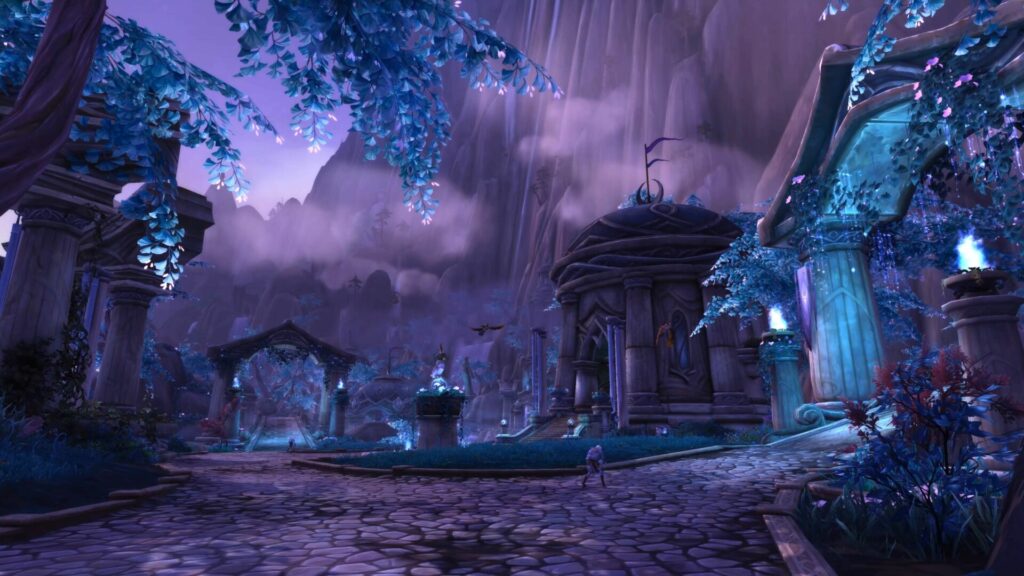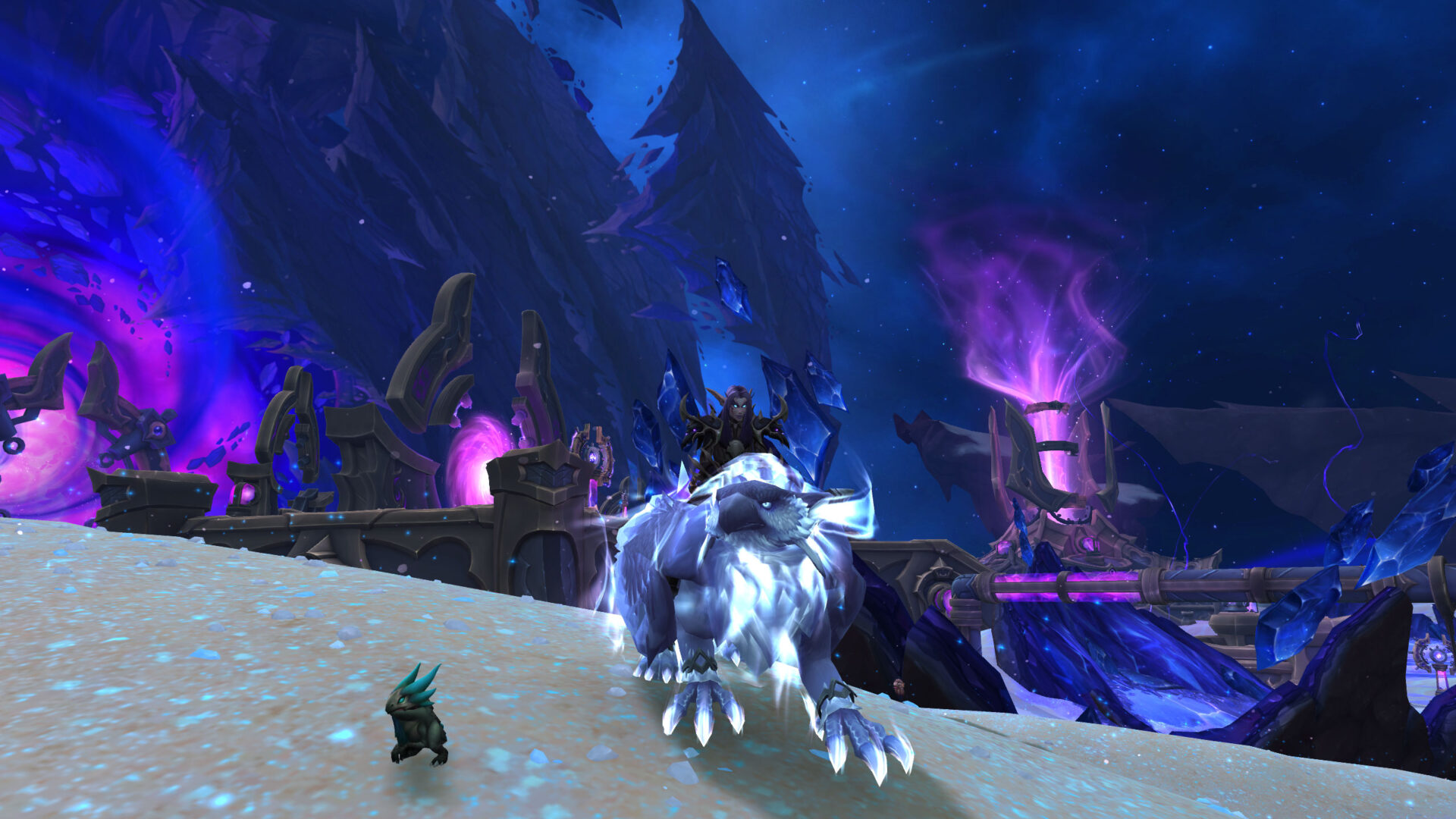Introduction to Manaforge Omega Race to World First
The Race to World First is one of the most exciting competitive events for World of Warcraft players and fans. It is the moment when the best guilds in the game push through the newest raid on Mythic difficulty, aiming to be the first in the world to defeat the final boss. Manaforge Omega is the centerpiece of the current raid tier, offering a set of challenging encounters that require perfect execution, strong preparation, and flawless teamwork.
This event attracts attention not only from the raiding community but also from casual players who enjoy watching high-level gameplay. Major guilds like Echo, Liquid, and Method are entering this race with weeks of preparation, practice runs, and refined strategies. Each of them has a proven track record and a dedicated fan base eager to see how they will perform this time. Viewers from around the globe follow every pull and boss kill, creating a shared experience that is both competitive and community-driven. With the stakes so high, every day of the race delivers intense moments, unexpected setbacks, and breakthroughs that make the RWF a must-watch event.
The Role of Live Streams in the RWF
Live streaming has completely changed how fans experience the Race to World First. Before the streaming era, most players could only read text updates or see screenshots after major kills. Now, viewers can watch the entire process unfold in real time. Live streams allow fans to see the strategies, communication, and execution that go into every attempt, providing a raw and unfiltered look at the race. Guilds like Echo and Liquid stream from multiple points of view, letting audiences follow specific roles such as tanks, healers, or DPS. Commentary channels add another layer, breaking down mechanics, tracking progress, and explaining decisions as they happen.
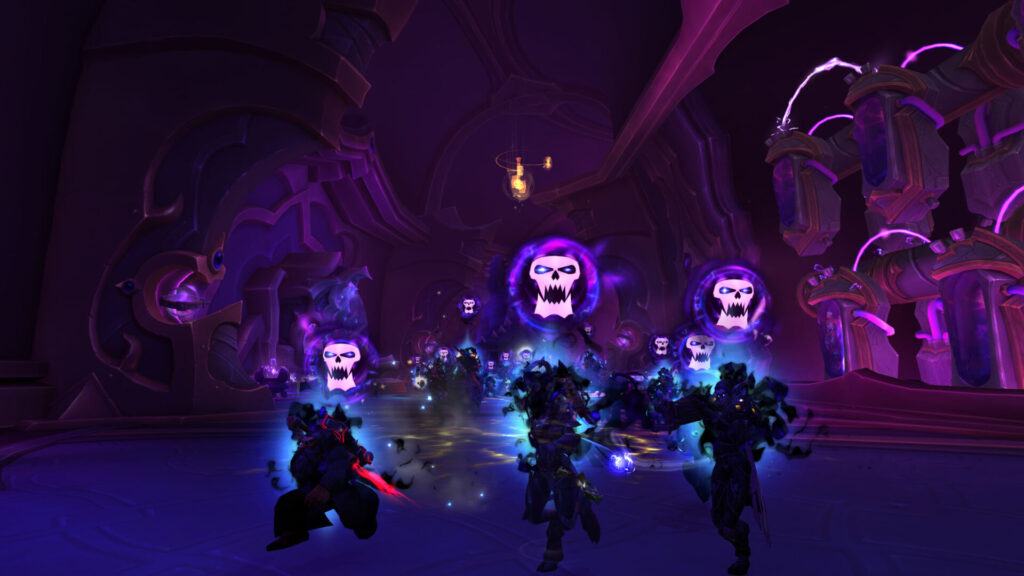
This creates an interactive environment where viewers can ask questions in chat, react to close pulls, and share in the excitement of each kill. Many fans set up multi-stream layouts so they can follow several guilds at once, switching between perspectives as the race unfolds. For those who can’t watch the entire day, key moments are clipped and shared almost instantly across social media. This level of accessibility has helped the RWF grow into a major event, attracting viewers far beyond the hardcore raiding scene.
Main Platforms for Live Coverage
The main home for RWF streams is Twitch, where most top guilds host their live broadcasts. Twitch provides a central hub where fans can find official guild channels, community commentary streams, and co-streamers offering their own insights. Guilds often create dedicated stream overlays that show boss health, player status, and real-time progression data, making it easy for viewers to follow along. YouTube also plays a major role, especially for fans who prefer to watch at their own pace. Many guilds upload daily recaps, boss kill videos, and strategy breakdowns, giving viewers a condensed version of the action.
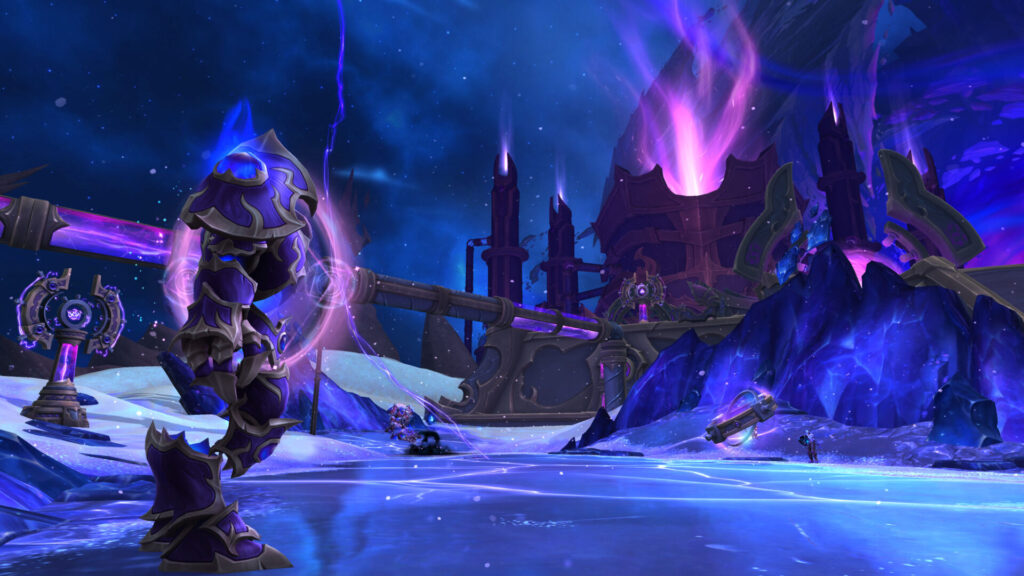
Some teams also stream directly on YouTube, though it’s less common than Twitch. In addition to these platforms, guild websites and social media pages often host embedded streams or links to live coverage. Twitter, in particular, serves as a fast way to post updates between bosses or share clips of key moments. For the most engaged fans, combining Twitch for live action and YouTube for replays offers the best way to stay caught up. With so many coverage options available, viewers can choose between watching every moment live or catching up through polished, edited content after the fact.
Commentary and Co-Streaming
One of the biggest draws for viewers of the Race to World First is the commentary that comes alongside the guild streams. While watching a raid team’s raw feed is exciting, caster desks and co-streamers help make the action more understandable for a wider audience. Commentary teams often include former high-end raiders, analysts, and community figures who explain strategies, break down mistakes, and point out key moments during pulls.
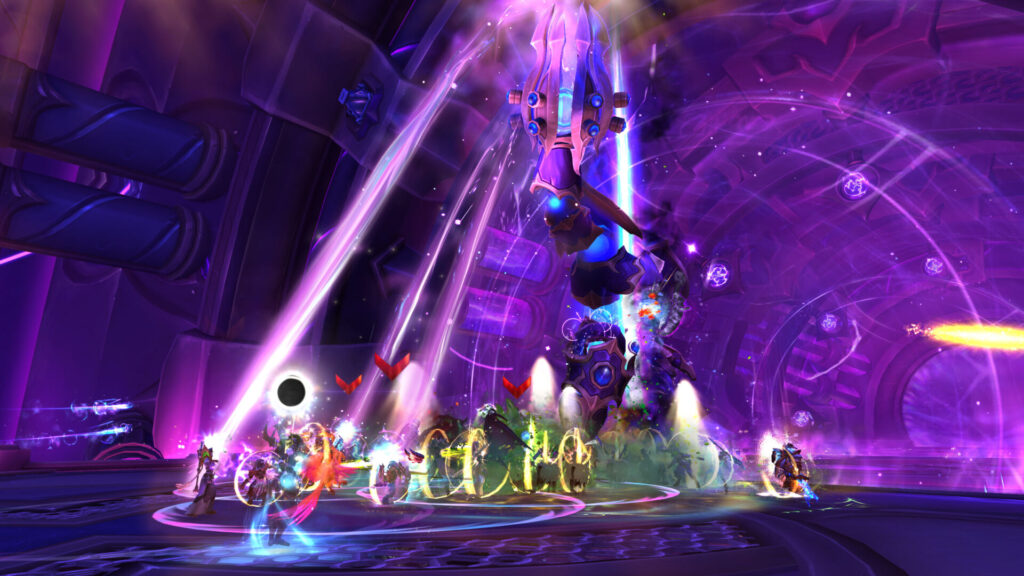
These caster desks operate much like a sports broadcast, switching between guild perspectives and offering live analysis. Co-streamers bring their own style, mixing game insight with humor, predictions, and audience interaction. Some of the most popular RWF coverage comes from channels that blend professional commentary with casual discussion, making it approachable for both hardcore fans and those new to the event. Co-streaming also allows for quick reactions to major events, such as first kills, near wipes, or surprising boss order choices. For many viewers, commentary is what turns the race from a niche competitive event into a full entertainment package, making it easier to follow the strategies, progress, and stories unfolding across the guilds.
Peak Hours and Time Zone Considerations
Understanding peak hours is important for fans who want to catch the most action in the Race to World First. While the event runs nearly nonstop for some guilds, certain times of day tend to see more progress. European guilds like Echo usually start raiding in the early afternoon local time and run into the evening, while North American guilds like Liquid often begin later in the EU night. Asia-Pacific guilds operate on a completely different schedule, which means significant kills can happen overnight for Western viewers. This time difference creates a rolling wave of updates across the day, as each region pushes through bosses at different hours. Fans who want to follow multiple guilds can plan viewing around these time blocks to catch key fights live. Here’s a quick reference of typical raid start times during RWF:
| Guild Region | Typical Start Time (Local) | Duration of Raiding Sessions |
|---|---|---|
| Europe (Echo) | 12:00–13:00 CET | 8–10 hours |
| North America (Liquid) | 12:00–13:00 PST | 8–10 hours |
| Asia-Pacific | 13:00–14:00 CST | 8–9 hours |
Daily Recaps for Viewers on a Tight Schedule
While many fans enjoy watching hours of live streaming, not everyone has the time to follow the Race to World First all day. That’s where daily recaps come in. Recap videos condense the highlights of each day into 10–30 minutes, showing the biggest boss kills, key wipes, and leaderboard shifts. YouTube is the most popular platform for these recaps, with both official guild channels and community creators uploading their own summaries. Some coverage teams also post quick updates on Twitter or Reddit, giving fans an instant look at standings without waiting for a full video. If you’re short on time, here are three ways to stay updated without watching all day:
- Watch official guild highlight videos each evening.
- Follow progress tracker sites like Raider.IO for real-time updates.
- Check social media recaps in the morning for overnight developments.
These recaps are ideal for viewers who want to stay informed without committing to multi-hour viewing sessions. They also make it easier to follow multiple guilds at once, ensuring you don’t miss a key moment in the competition.
Tracking Race Progress in Real Time
For fans who want to follow every development as it happens, progress tracking sites are an essential tool during the Race to World First. Raider.IO is the most widely used platform for this purpose, providing live updates on boss kills, kill order, timestamps, and raid composition details. This allows viewers to see exactly where each guild stands without needing to watch every second of the race.
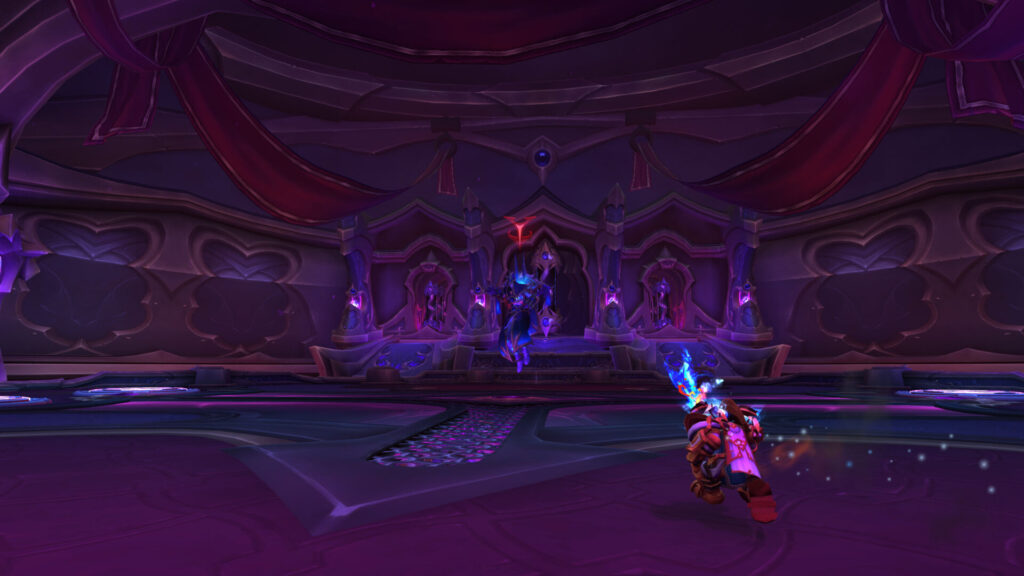
Many streams now integrate these trackers directly into their broadcast overlays, so fans can keep an eye on standings while watching the action. Other community-run spreadsheets and Discord channels also offer detailed statistics, including pull counts and estimated time spent on each boss. This kind of data gives insight into how difficult each encounter is proving to be and which guilds are making the fastest progress. By combining these trackers with live or recap viewing, fans can create a complete picture of the race, seeing both the story and the statistics behind the action.
Conclusion and Viewing Recommendations
The Manaforge Omega Race to World First is set to be one of the most watched competitive raiding events yet, thanks to the amount of live coverage, commentary, and daily summaries available. For the best experience, mix live viewing with highlight recaps—watch key bosses live to feel the excitement in real time, and catch up on any missed moments through condensed videos. Following multiple guilds provides a broader perspective on strategies, progress, and pacing differences between regions.
Keeping an eye on progress trackers like Raider.IO ensures you stay informed, even when you can’t watch. Whether you’re a dedicated raiding fan or a casual viewer who enjoys the energy of big esports-style events, the variety of coverage means there’s a way for everyone to stay connected to the race. With top guilds like Echo, Liquid, and Method all gunning for the title, this RWF promises an intense, unpredictable battle that will have viewers tuning in until the final boss falls.

